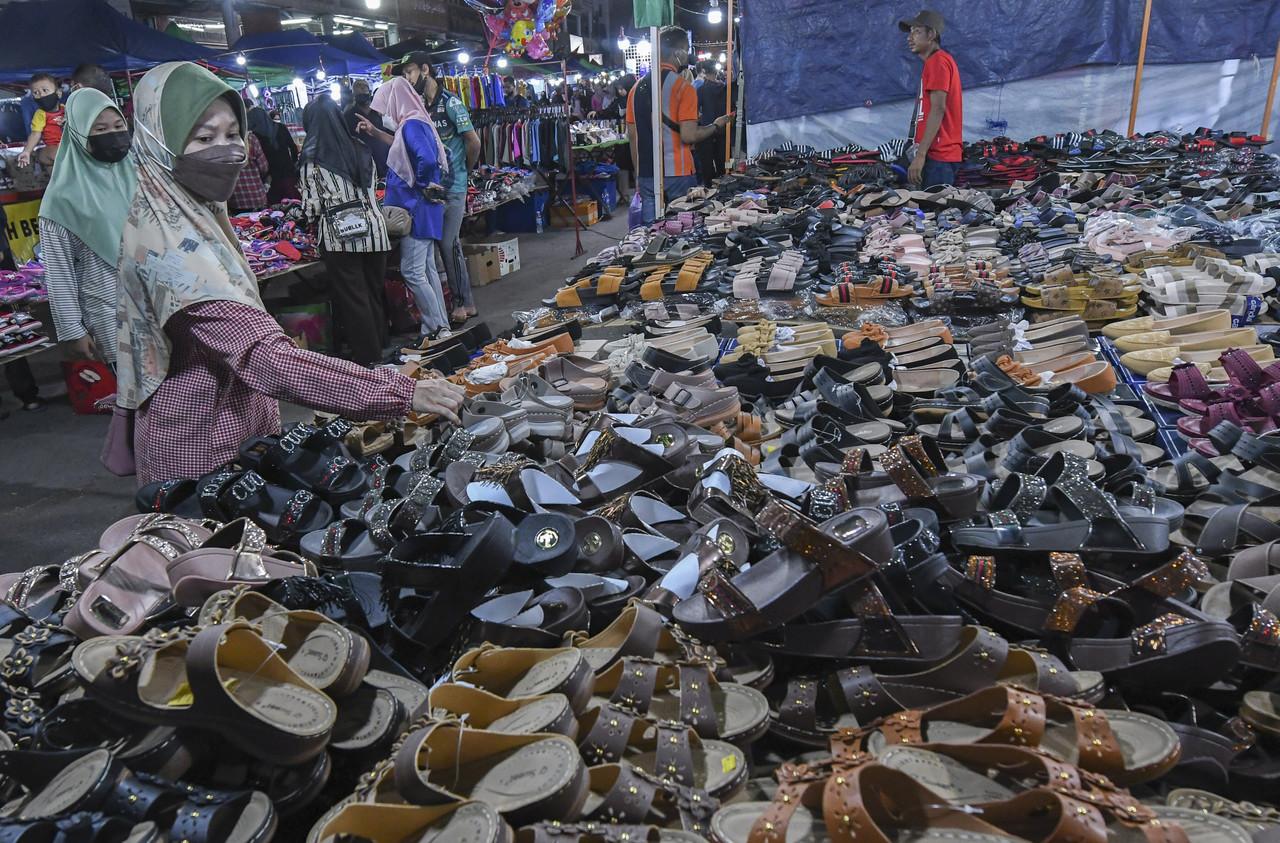Too expensive to celebrate? Raya spirit rises, but so do prices
With Hari Raya just around the corner, many in the city might be unable to afford the usual festive trappings.
Just In
As the month of Ramadan draws to a close, the focus shifts from the daily act of fasting to the celebration of Hari Raya Aidilfitri, a normally lively and colourful affair observed by Muslims across the country.
Spring cleaning efforts commence, and families head out to shopping hotspots such as the Aidilfitri bazaar at Jalan Tuanku Abdul Rahman to purchase new clothes and other items for use throughout the celebration.
But the price tags attached to some of these goods might be more than enough to turn would-be buyers away as holiday season price hikes threaten the wallets and slender bank accounts of many in the city.
Zaid Ahmad of Universiti Putra Malaysia (UPM) said the cost of celebrating cultural traditions was subject to the economic pillars of supply and demand.
“Considered from one perspective, the tendency of communities to reappreciate traditions is a social phenomenon,” Zaid, the director of UPM’s Department of Government and Civilization Studies, told MalaysiaNow.
“Those who wish to celebrate this are following a trend, and of course traders consider this as an opportunity.”
Checks at several bazaars and shopping malls in the capital city found traditional baju Melayu outfits going for anywhere from RM99 to RM150 and Raya cookies being sold for RM20 to RM30 a jar.
The starting price of sampings meanwhile is about RM70 and can hit thousands of ringgit depending on the quality of the songket material.
These are far from the prices normally seen during non-festive seasons.
There are also the expenses incurred for non-traditional but trending activities such as the purchase of new curtains and even new furniture.
As prices are hiked, Zaid said, those from the lower income bracket would find it more difficult to celebrate their own traditions as they have less at hand to spend.
“Those who earn very little and have large families – perhaps four to five children – will have a very hard time celebrating as they just can’t afford it,” he said.
Although prices eventually return to normal after the festive season, Zaid urged traders to be compassionate in setting their prices, especially for basic necessities.
He said the inclination to celebrate this year would be stronger as it had been two years since Malaysians were able to mark Hari Raya, or any other festive occasion, due to movement restrictions and the interstate travel ban imposed to curb the spread of Covid-19.
Now that travel has resumed, though, Zaid said the tradition of “balik kampung” or returning to one’s home town was still an option for many as the government continued to provide fuel subsidies.
“Without these subsidies, many would be unable to go home for Raya,” he said.
“At least this tradition, we can still continue.”
Subscribe to our newsletter
To be updated with all the latest news and analyses daily.
